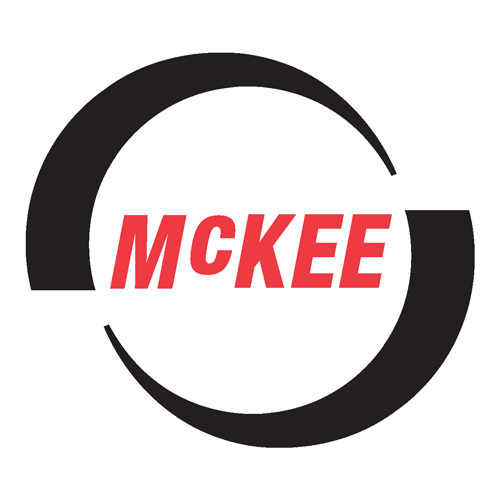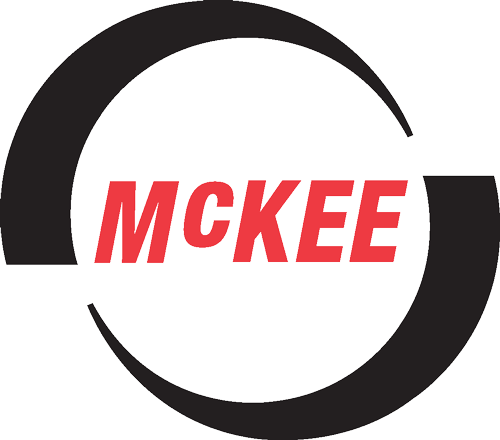How Electric Motor Drives Work
August 11, 2020 9:49 pm Leave your thoughtsSelecting the appropriate electric motor drive in Lubbock, TX for your application is crucial if you are to achieve the best possible performance and efficiency from that motor. Consider the fact that the motor drive dictates the speed, direction, torque and horsepower produced by a motor—this makes it an extremely important piece of equipment.
DC drives generally control shunt-wound DC motors, which feature separate field circuits and armature. AC drives, meanwhile, control AC induction motors, while also controlling speed, horsepower and torque.
Let’s take a closer look at how electric motor drives work and what you should know about them to help you make a purchase decision when you’re in the market for some new farm equipment in Lubbock, TX.
The basics
Electric motor drives are capable of controlling two of the main outputs of a three-phase induction motor, those being speed and torque.
With AC induction motors, the two primary parts of the motor (the stator and the rotor) operate with magnetic interaction. The motor has a pair of poles, and iron components inside the stator get wound in a certain pattern. The result is a north-to-south magnetic field that gets formed between the two sections.
When one pair in the motor is isolated, the rotor rotates at a designated speed, referred to as the base speed. The number of poles and the frequency applied at the moment will determine the base speed in the system.
You must also consider slip, which is defined as the difference between the rotating magnetic field in the stator and the rotor’s speed. As the magnetic field goes through the rotor’s conductors, that rotor will develop its own magnetic field. Those magnetic fields then attempt to catch the stator’s rotating fields, but never do, resulting in slip. So long as the fields never catch each other, they will remain in constant revolution. In this sense, slip is what enables the motor to turn without interruption.
It’s also important to consider the manner in which a drive offers the necessary voltage and frequency to change motor speeds.
The drive’s converter is located in the input section. This piece features six diodes arranged in a bridge-like format. The diodes convert AC power into DC power. The DC bus, which is the next section in the system, sees a fixed DC voltage. This piece filters out and smooths the waveform, as the diodes go to work on reconstructing the negative portions of the waveform on to the positive section.
The final section of the drive is the inverter, which gets fed by the DC bus. This section inverts the DC electricity back into AC, in a variable output of voltage and frequency. The process by which this occurs can vary depending on the kind of power devices used by the drive.
Interested in learning more about the operation of electric motor drives and the various types that exist on the market? We encourage you to contact M.B. McKee Company, Inc. today—we’d be happy to tell you more about our in-house engineering services in Lubbock, TX.
Categorised in: AC Electric Motors, DC Electric Motors
This post was written by Writer

